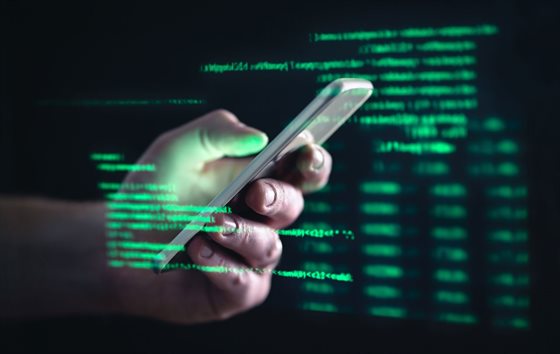The apps you have downloaded may not be the only things which are on your phone. But unbeknown to you, there may be hidden spyware allows people to monitor activity, access information and even eavesdrop on your chats.

Welcome to the world of stalkerware, which is becoming a “growing concern” as we spend more and more of our time online, says De Montfort University Leicester (DMU) cyber security lecturer Francisco Navarro.
“Technology is embedded in all our lives,” he said. “In the case of stalkerware, it is employed on mobiles or tablets and has the capacity to monitor and extract all of the information from your device such as call history, photos, text messages.
“It can be activated remotely without you knowing and can also use the device’s microphone to eavesdrop on conversations, and the location settings to track where you are. It can also display your screen and even monitor the keystrokes if you have a keyboard attached.”
Some warning signs that your devices have been infected with stalkerware are:
- A sudden and significant drop in performance
- Your broadband records a lot of traffic – this is the result of the app running in the background and transferring files and information on your activity
- Your phone or device feeling hot when you have not used it much
- Battery running down very fast
Most spyware does require physical access to the device to be installed, says Dr Navarro, but some can be installed remotely. It has been repeatedly cited in domestic abuse cases as a way for abusive partners to maintain control, but has even been experienced by workers whose bosses have decided to keep a close eye on them.
So how can you protect yourself? Here are Dr Navarro’s top tips:
- Do not give your credentials to third parties – even partners
- Do not click on any suspicious links
- If you receive any files that you are not expecting, do not download them
- Password protect documents; set up multi-factor authentication for your accounts
Dr Navarro concludes: ““We need to be aware of the problem we need to be vigilant but we can’t stop using technology. Use it with a bit of caution, but be aware that the risk is there.“
Posted on Thursday 9 December 2021